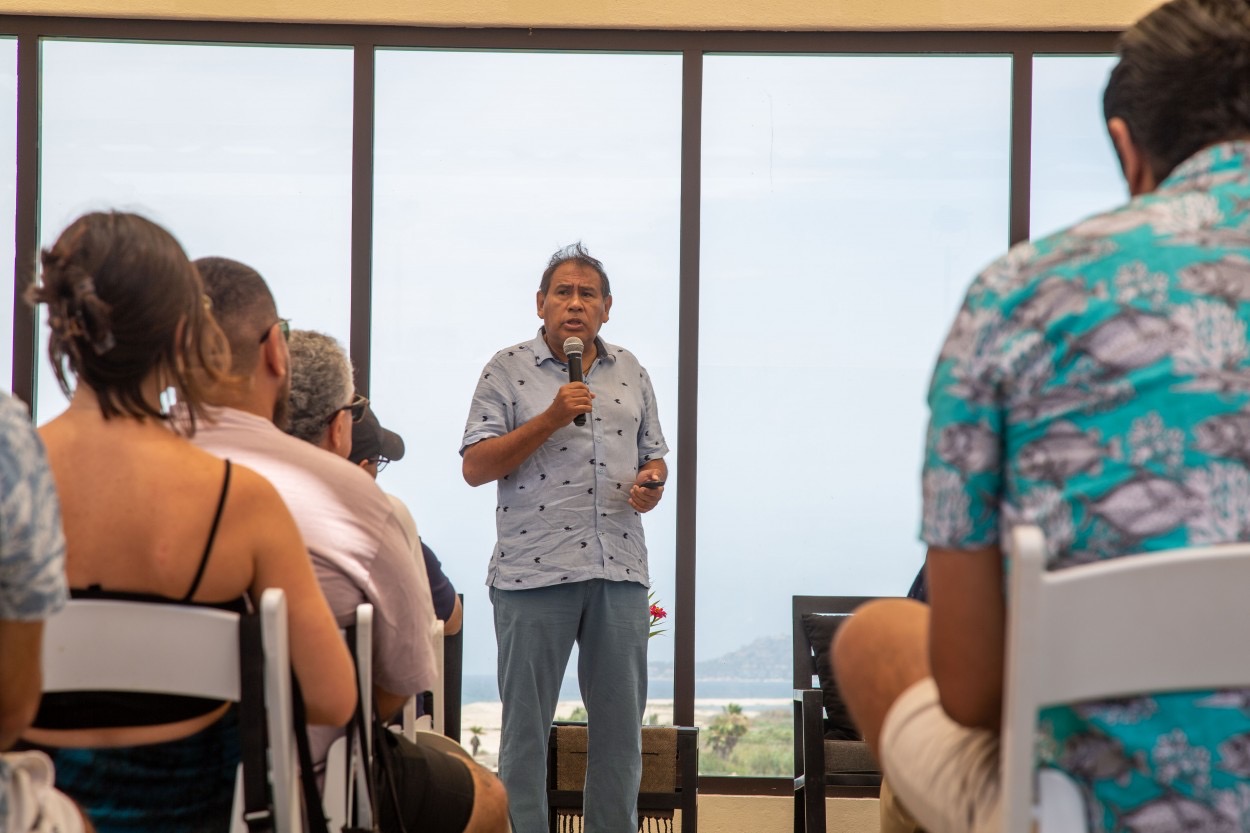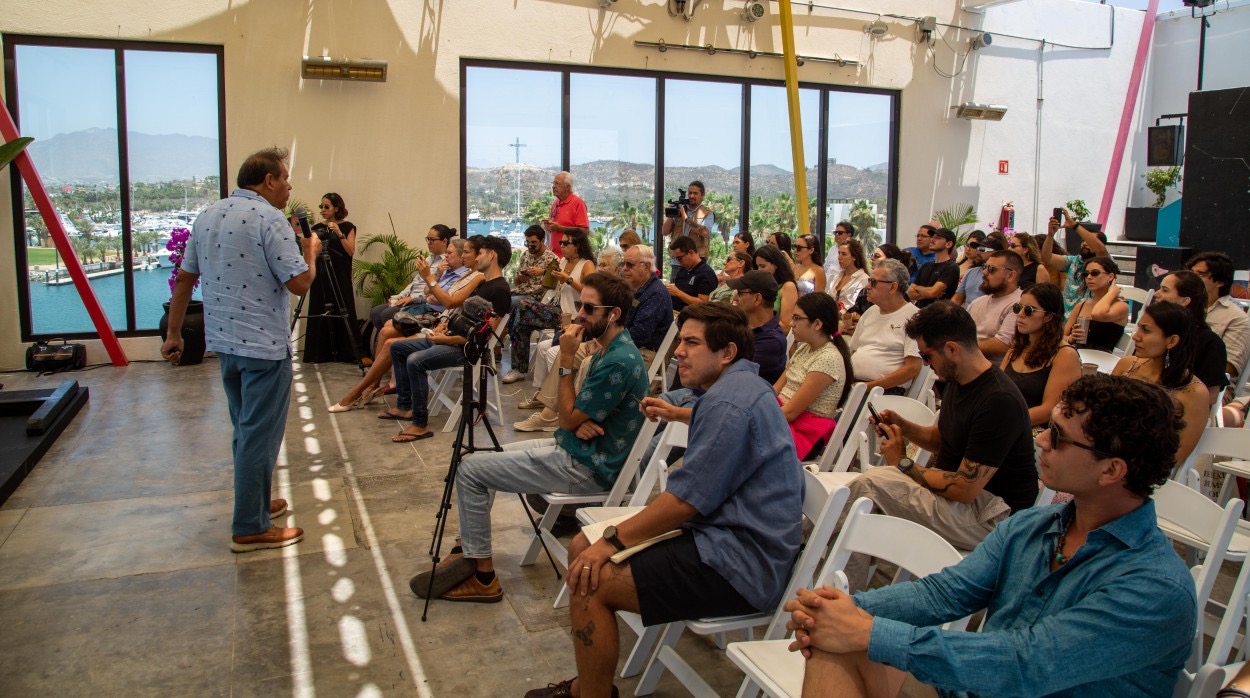The Transformation of the Gulf of California: From Exploitation to Conservation

|
At the recent "Pacific Blue" forum, held at the El Ganzo Hotel, Doctor Carlos Sánchez, Professor of Marine Biology at the Autonomous University of Baja California Sur, offered a reflective vision on the state of health of the Gulf of California, based on his vast experience of more than 25 years. His presentation was a journey from the history of the exploitation of marine resources to the urgent need for a new culture of conservation. The History of "Living from the Sea" Dr. Sánchez began his talk with a retrospective of how people have lived from the sea in different times. "In the 1950s, the idea of living off the sea centered on fishing and the belief in inexhaustible resources," he explained. For decades, Mexican policy promoted the intensive exploitation of these resources, with million-dollar investments and the delivery of boats to fishermen, all under the premise of an endless sea. This view began to change in recent decades. "By 2010, it was no longer just about extracting resources, but also about the growing tourism industry," Sánchez said. "Living off the sea now also means watching whales and enjoying biodiversity, although we often still fall into tourist overexploitation." The professor highlighted how this transition towards tourism has not been without problems, such as uncontrolled whale watching, where 40% of the activities are not carried out within the permitted regulations. The Reefs of the Gulf of California The Gulf of California, known as "the world's aquarium," is home to rich rocky reef ecosystems, rather than the typical coral reefs found in other parts of the world. "Here we have a great diversity of black corals and sea fans, which form 75% of the reef cover," explained Dr. Sánchez. This wealth, however, is threatened by human activity and climate change. Overfishing has been a recurring issue in the region. "In the 80s and 90s, it was common to see hundreds of sharks in places like Bajo del Espíritu Santo," Sánchez recalled. "Today, these majestic predators are a rarity." Indiscriminate exploitation has led to a notable decline in large fish populations, altering the trophic structure of ecosystems. Monitoring and Conservation Since 1998, Dr. Sánchez and his team have carried out a rigorous monitoring program of the reefs of the Gulf of California. This effort has provided a valuable baseline for evaluating changes in marine biodiversity. "We have documented a significant decline in fish biomass over the years," he said. "Last year, 90% of the reefs monitored showed signs of deterioration." Sánchez's work also highlights the importance of no-fishing areas for the recovery of marine ecosystems. "Places like Cabo Pulmo and Revillagigedo, where fishing is totally prohibited, show a remarkable recovery in just 7 to 12 years," he said. These examples demonstrate that full protection is an effective strategy for restoring ecosystem health. Future Challenges and Adaptation to Climate Change In addition to overfishing, climate change poses a new threat to the Gulf of California. "The increase in water temperature is leading to the tropicalization of reefs," Sánchez explained. "Black corals and sea fans, which were traditionally found in colder waters, are starting to bleach." This transformation implies that tropical species could move northward, further altering the dynamics of local ecosystems. Towards a New Conservation Culture Dr. Carlos Sánchez concluded his presentation with a call to action: "We need a radical transformation in our culture towards conservation." He advocated "total protection" of key areas and close collaboration between scientists and society to solve environmental problems. "The Gulf of California still has gems to discover and preserve," he said optimistically. "We must work together so that places like Cabo Pulmo are not the exception, but the norm." Dr. Carlos Sánchez's talk at the "Azul Pacífico" forum was a powerful reminder of the challenges and opportunities facing the Gulf of California. His message was clear: it is time to change our relationship with the sea, from exploitation to conservation, to ensure a sustainable future for generations to come.
|
- Created on .
